How much supply chain visibility is too much visibility?
Procurement Insights
JUNE 6, 2024
To what degree does a breakdown or inefficiency at one point have a ripple effect through the other E2E touchpoints? How does it impact the “savings passed on across the supply chain, resulting in higher or lower product costs for consumers?” How about a client retail chain losing market share?





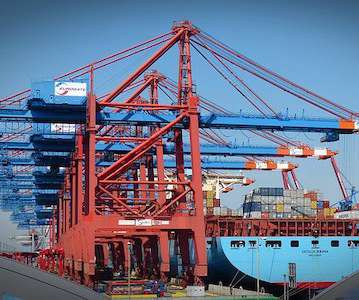

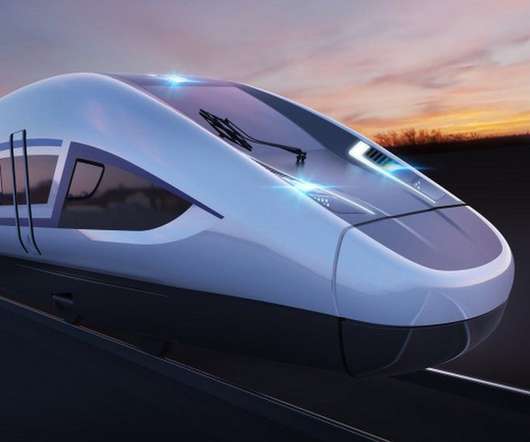







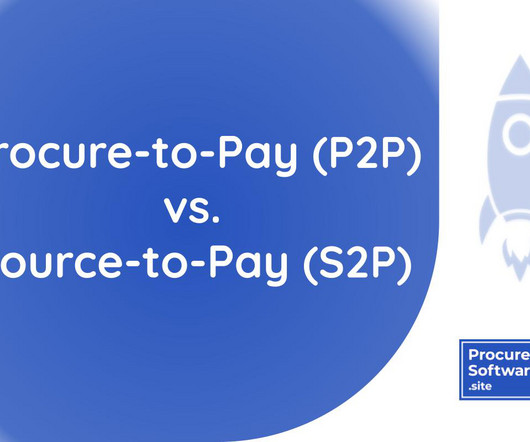

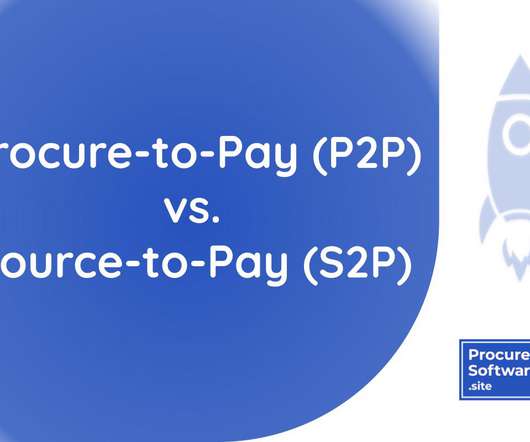
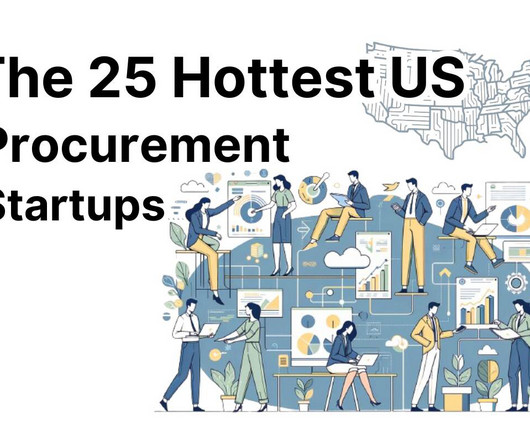







Let's personalize your content